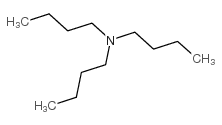| Structure | Name/CAS No. | Articles |
|---|---|---|
 |
molecular iodine
CAS:7553-56-2 |
|
 |
Tributylamine suppliers in China
CAS:102-82-9 |